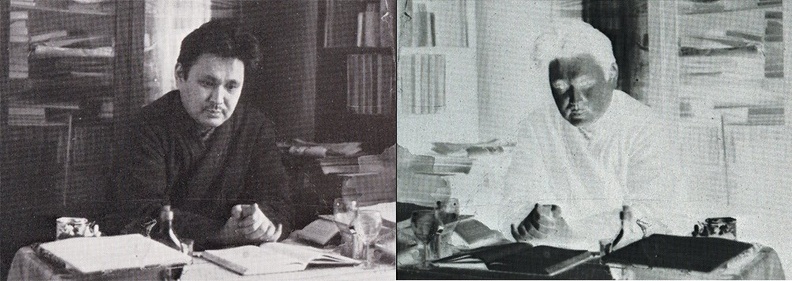Thursday, July 02, 2015
A You for You and An Eye for an Eye

One of the simplest Nacalian transformations that I have yet to fully expand upon, is that of Mori Arimasa's theory of the Japanese first person pronoun. I have said most of this before, but I have not yet expressed the the rather bemused way in which Japanese view Western faces, or how we should conceptualise our faces in a Japanese frame of mind.
Mori argued that the Japanese first person pronoun is expressed in a variety of forms, in a variety of forms of language that always binds it into binary relationships with its interlocutor you, such that, expressed in a French frame of mind, the meaning of "I" in Japanese is merely "a you for a you" (汝の汝).
One half of Nacalian transformation of Mori's theory has, and had, already been argued by Lacan. Lacan argued that infants identify first with mirror images and as they mature, with their the first person of their self narrative. This progression is inevitable and desirable, Lacan claims, since in the "mirror stage" humans are locked into binary relationships with mirrors and others since the face is only face for another face, or rather in the same way that the Japanese I is (according to Mori, who was surely influenced by Lacan) another interlocutor for its interlocutor, the Western face is locked into a relationship with its 'visual interlocutor' or spectator. The Western face is in other words, just an eye for an eye. Just as the Japanese only hear their first person pronoun through the ears of the second person that they are addressing, Westerners can only see our eyes via mirrors or through the eyes of another. Lacan and Mori (and Bakhtin, Mead, Freud etc) further argue that, in France at least, language provides a third person perspective enabling Francophones to have an I which is objective.
The missing part of this "Nacalian" (Lacan backwards) transformation is my assertion that in Japan, the face is not merely a visual interlocutor for another interlocutor but felt to be observed by a third person generalised other (Senken no Me, Otentousama) that frees the Japanese face, and persona or self, from dependence upon binary relationships.
In each case the achievement of these freedom comes at a price. First of all, we are no longer our true selves. And futher, Derrida and I (!) argue that this extra other, in the West "The Ear of the Other," is uncanny (unheimlich): something once familiar that is now horrific and repressed (Derrida, 1985, p33), repressed and horrific.
Bearing in mind that Western faces are like eyes for eyes, it should appear to the Japanese that our faces are dependent upon the binary relationship in which we find ourselves. Indeed this is the case that Japanese perceive Westerners as always making rather grotesque (oogesa na) "faces" (and gestures) whereas their own facial expressions incline towards remaining objective, and 'composed'.
Bearing in mind that the objective and subjective is reversed - that is to say that the power relationship between the visual and the linguistic is reversed - leads to world views turned inside out, with completely different notions of time, space, travel, tourism and morality.
I prefer the Japanese method of self-reflection since I believe that that vision is somewhat less prone to "spin" or the self-enhancement that Westerners are so good at, and because matriarchy is more natural and effective than patriarchy. Indeed, patriarchy seems to me to be a sort of deviant version of matriarchy, where men somehow worked out how to use some of the natural control methods of matriarchs.
Image: kajap.hypotheses.org/450
Labels: blogger, Flickr, japaneseculture, nihonbunka, self, tourism, 日本文化
This blog represents the opinions of the author, Timothy Takemoto, and not the opinions of his employer.
